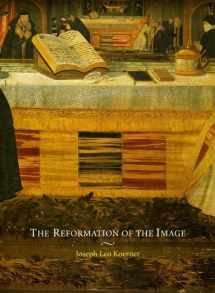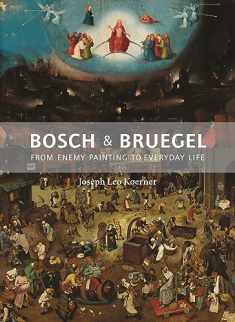
The Reformation of the Image
Book details
Summary
Description
Martin Luther preached the radical notion that we are saved through faith alone. With one stroke, he overturned a thousand years of practice and teaching. Gone was the need for saintly intercessors and a special priesthood or the richly decorated and image-filled churches in which such mediation could take place. What counted now was faith arriving inwardly, in each individual, through the text of the Bible—the naked Word of God itself.
But if words—not iconic images—led the believer to salvation, why didn’t religious imagery disappear during the Reformation? The answer, according to Joseph Leo Koerner’s masterful The Reformation of the Image, lies in the paradoxical nature of Protestant religious imagery itself, which is at once both iconic and iconoclastic. According to Koerner, it is this “iconoclash” that characterizes Reformation art. The Reformation of the Image compellingly shows how visual art became indispensable to a religious movement built on words. It also reveals in Protestant images a powerful instance of modern disenchantment: the disappearance of magic both from images and from the world.
“Unfailingly arresting and inventive . . . it is a long time since a work of art history has kept me so consistently reaching for a pencil to register ardent appreciation or violent dissent.”—Eamon Duffy, London Review of Books


We would LOVE it if you could help us and other readers by reviewing the book
Book review





